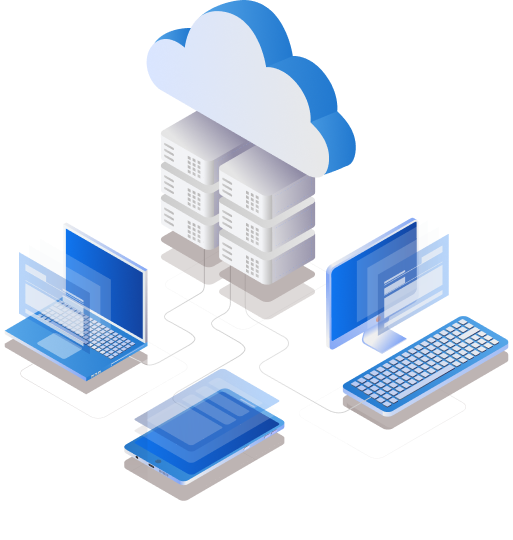Every day, hospitals generate and store massive amounts of data from patient records and lab results to doctor schedules and electronic health records (EHR). Over time, legacy systems often become overwhelmed: slow, inefficient, and hard to access. That’s where data virtualization comes in as a modern solution.
What is Data Virtualization?

Data virtualization is a technology that allows hospitals to access multiple data sources through a unified view—without physically moving or copying the data. This means information can be accessed quickly and securely, even if it comes from different systems.
Why Do Hospitals Need Data Virtualization?
✅ Faster & More Efficient
Doctors and staff can access data from multiple systems in one place—no need to open various apps.
✅ Lower Risk of Data Loss
Since there’s no physical data transfer, the risk of data loss is significantly reduced.
✅ Reduced Infrastructure Costs
No need for massive servers or large IT teams. Virtualization saves space, time, and budget.
✅ Regulation & Audit Ready
With cleaner, real-time data access, hospitals can more easily comply with healthcare data regulations and audits.
✅ Ideal for Legacy Systems
No need to replace existing systems. Virtualization can work across both old and new systems simultaneously.
Read Also : Data Migration in Healthcare: Challenges and Best Practices
Data Virtualization vs. Data Migration
Unlike data migration, which requires moving data into a new system, data virtualization connects to various data sources and displays them in real-time—no physical transfer needed.
| Feature | Data Migration | Data Virtualization |
|---|---|---|
| Requires physical data move | ✅ Yes | ❌ No |
| Real-time data access | ⚠️ Limited | ✅ Yes |
| Works with legacy systems | ❌ Not ideal | ✅ Perfect fit |
| Implementation cost | 💸 High | 💸 Cost-effective |
| Operational risk | ⚠️ High | ✅ Low |
| Deployment speed | ❌ Slow | ✅ Fast |
| IT team required | ✅ Large team | ✅ Minimal effort |
Example: A Solution from Dave
Platforms like Dave offer zero-ETL data virtualization, giving you access to all essential data without building complex pipelines or burdening your IT team. It’s a perfect fit for hospitals looking to digitize—without the hassle.
Conclusion
Data virtualization is a smart step forward for hospitals aiming to modernize without major disruptions. It’s faster, more cost-efficient, secure, and aligned with the demands of the digital healthcare era.
🔗 Explore the best data virtualization solutions for your hospital at https://hidave.io

